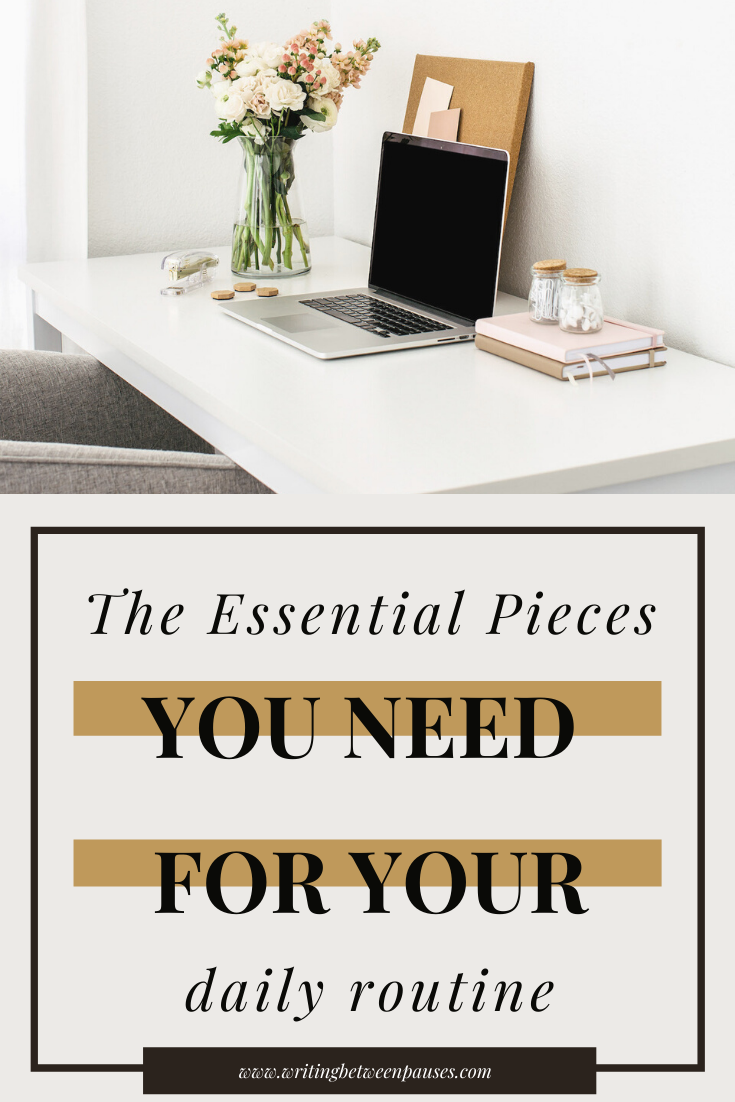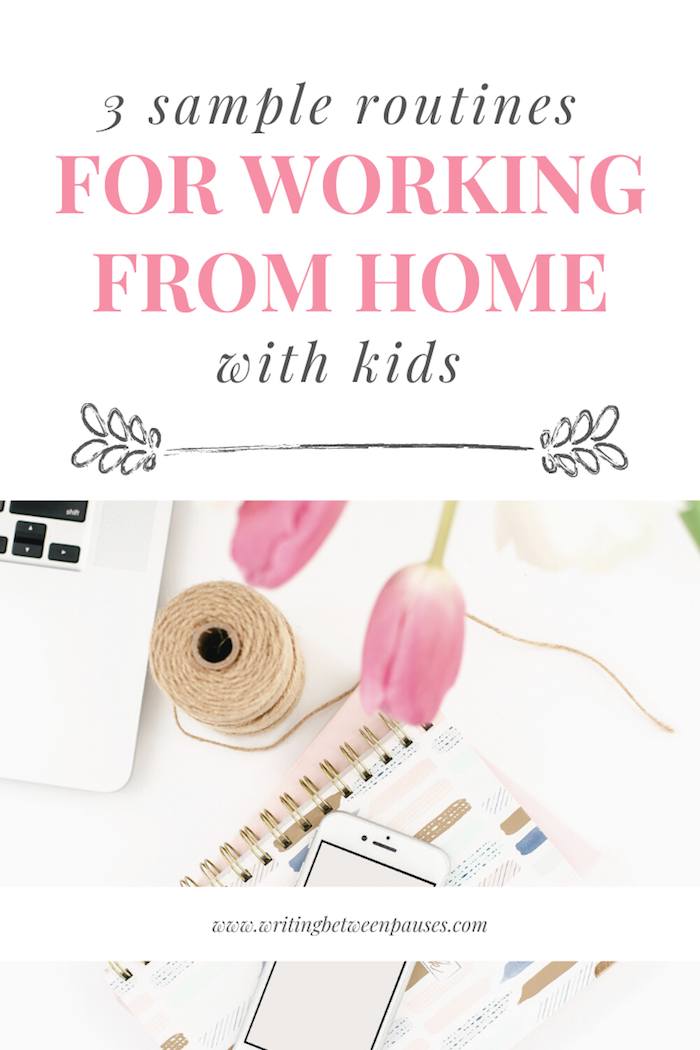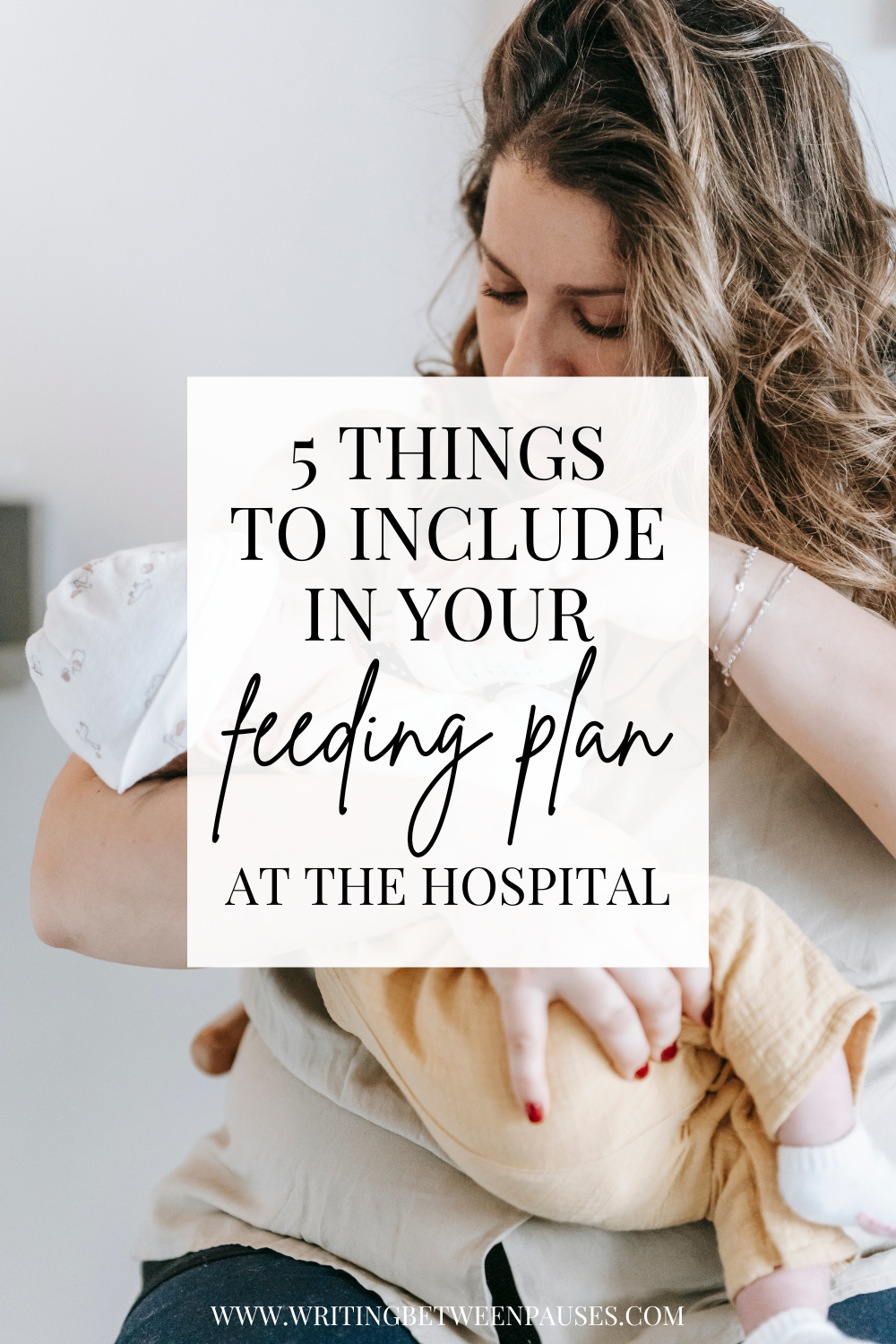Another month, another series! This month, I want to talk about writing: how to become better at writing, how to effectively set writing goals, and much more. So many people love writing, but when it comes down to it, it can be tough to get started. Writing can seem intimidating, but it doesn’t have to be. In this series, I hope you’ll take the opportunity to really jump into writing. Thanks for joining me! You can see all posts in this series by clicking here.
Here’s a question I get a lot—from my family, from my friends, from comments on this blog, in writing groups, everywhere:
Do I need to write everyday? I struggle to find time and I often hear that writers write every single day. What does that mean?
Here’s the thing about writing every single day: some people can do this and be fine; some people do this and get burnt out fast; some people do this and don’t think about it; some people have to take time training themselves to write everyday without feeling like it’s a chore.
Where you fall on that massive spectrum is up to you.
But here’s my answer: you don’t have write every single day to be a writer, become a better writer, or even write a novel. But you should work on writing at least every week and focus on building your creativity every single day (even if that isn’t in the form of writing).
Here’s why: creativity is a muscle. The more you work it, the easier it will be to call on it.
When you take care of yourself every day—give your brain plenty of rest, good food, take your medication, whatever you need to be a human—it will be easier to call on your creativity when it’s time to write.
Here’s what that process looks like for me. I try to journal every single day, but I’ll be honest: I fell into a pretty serious depression starting in September and as a result, I let go of journaling. I needed to be focused on healing myself and feeling better. So, when it need, I drop journaling. Otherwise, I try to at least read for 15 minutes everyday, stop using my phone after 6pm (this one is hard), and do something creative (write, embroider, whatever) every single day.
I do write every single day in that I write blog posts, social media for clients, and more. I can’t really stop doing that unless I quit my job(s). However, outside of work, I do try to at least thing a little bit about writing and flex my creativity muscles.
All of this is to say: you don’t have to write every day. But the issue isn’t necessarily writing every day, but being creative every single day. You might work on characters; you might research and read books that you like or that are related to your story; you might draw or paint.
So, I think the answer to the question is ultimately this: it depends on you as a person; you should try to at least be creative in some way everyday; your mental health comes first, always; and if writing everyday works for you, then go for it, hun.
Want more about writing everyday? Here are a few blog posts I liked on the subject:






















